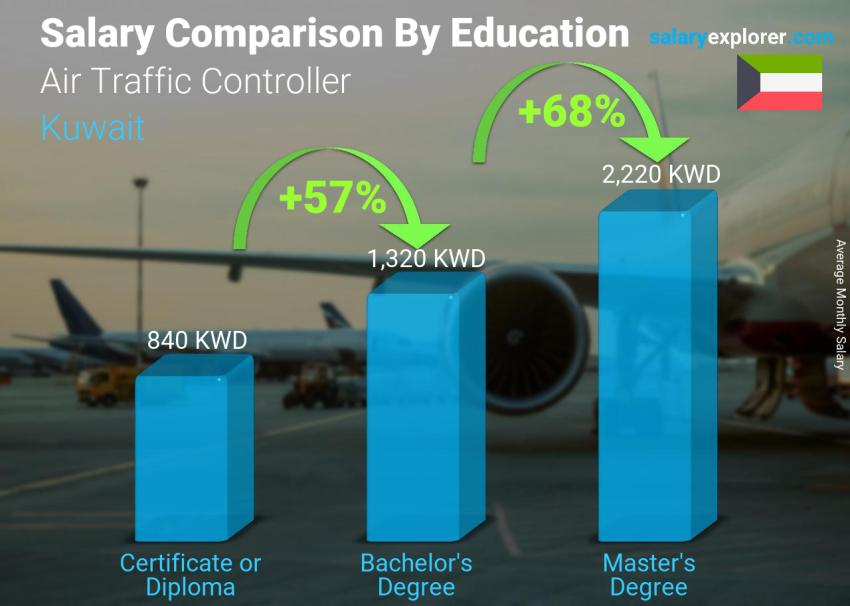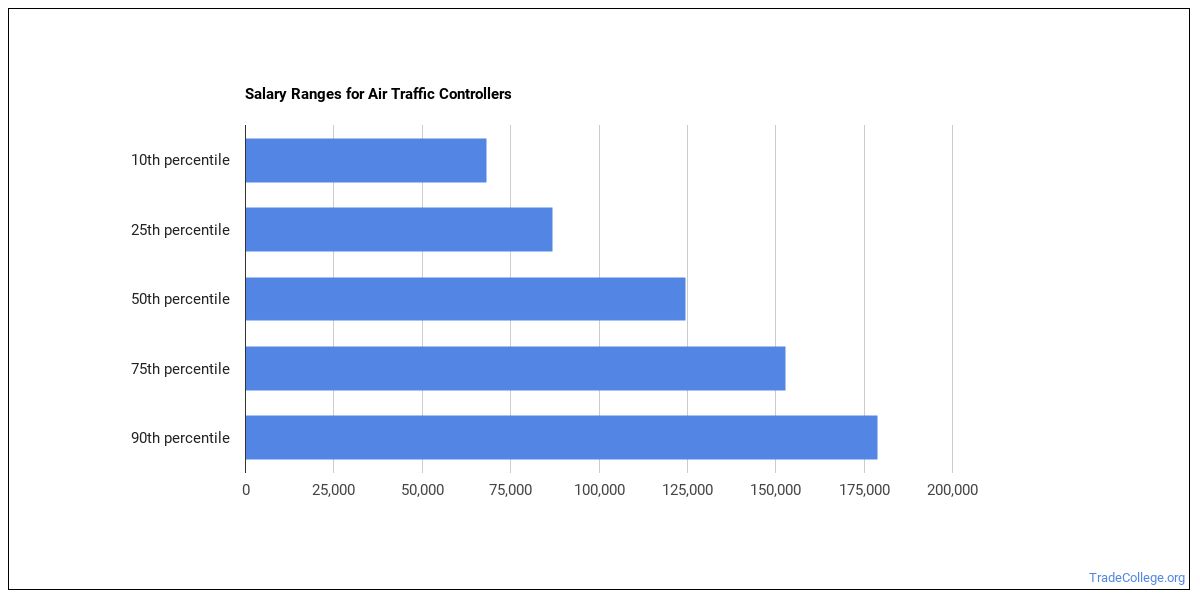
On completion of training, you can expect a salary in the range of £37,014 to £41,253, location dependent.A weekly payment of around £60 is also available to help to cover your expenses as you’ll be expected to attend one of NATS colleges for your training.

Trainee air traffic controllers earn a salary of £17,000 with NATS.handle the ground movement of planes around the terminals and vehicles around the airport.If you're working as an aerodrome controller, you'll also need to: handle unexpected events, emergencies and unscheduled traffic.make sure that minimum distances are maintained between planes.provide information to aircraft about weather conditions.instruct aircraft to climb or descend and allocate final cruising level.direct the movement of aircraft en route or at an airport.keep radio and radar contact with aircraft.ResponsibilitiesĪs an air traffic controller, you'll need to: They communicate with civilian air authorities to ensure civilian aircraft can pass safely through their airspace. RAF and Royal Navy air operations (control) officers carry out the same take-off and landing procedures as civilian air traffic controllers, but also make sure that air bases are maintained and prepared for emergencies. They will usually be given a specific section of airspace to manage. They also issue levels, headings and speeds to keep aircraft at safe separate levels. They manage aircraft at higher altitudes (over 5,000ft) and are responsible for the aircraft during the climb, descent and en-route phase of the flight. They also give aircraft clearance to take off and land.Īrea controllers are usually based at one of the control centres in either Prestwick (Ayrshire, Scotland) or Swanwick (Hampshire, England).

They’re responsible for moving aircraft safely around the aerodrome between runways and stands. They work within the control towers at airports which enables them to have good all-round viewing of the aerodrome. They can also manage aircraft that have just departed the airport and are still in their initial phases of flight.Īerodrome controllers can also be known as tower controllers. They deal with instrument landing systems, which allow some planes to make automatic landings, and ensure that planes are placed in holding patterns when airports are busy. They manage aircraft that is approaching the airport and give initial clearance for the approach, putting all approaching aircraft into a sequence to create the most efficient order for landing.

Types of air traffic controllerĪpproach controllers are typically based at airports but some may work in area control centres. Your exact role will depend on where you work. The role carries considerable responsibility and requires excellent concentration. The majority of air traffic controllers work within area control centres, with just some working from control towers at airports.

You'll guide the aircraft as it travels, using radar to track its exact position, keep it safe in the airspace and provide the most efficient route. Air traffic controllers manage an aircraft in controlled airspace through all aspects of its flight, taking responsibility for the aircraft's safety and making the flight as efficient as possibleĪs an air traffic controller, you'll use highly sophisticated radar and radio communication equipment to communicate advice, information and instructions to pilots.


 0 kommentar(er)
0 kommentar(er)
